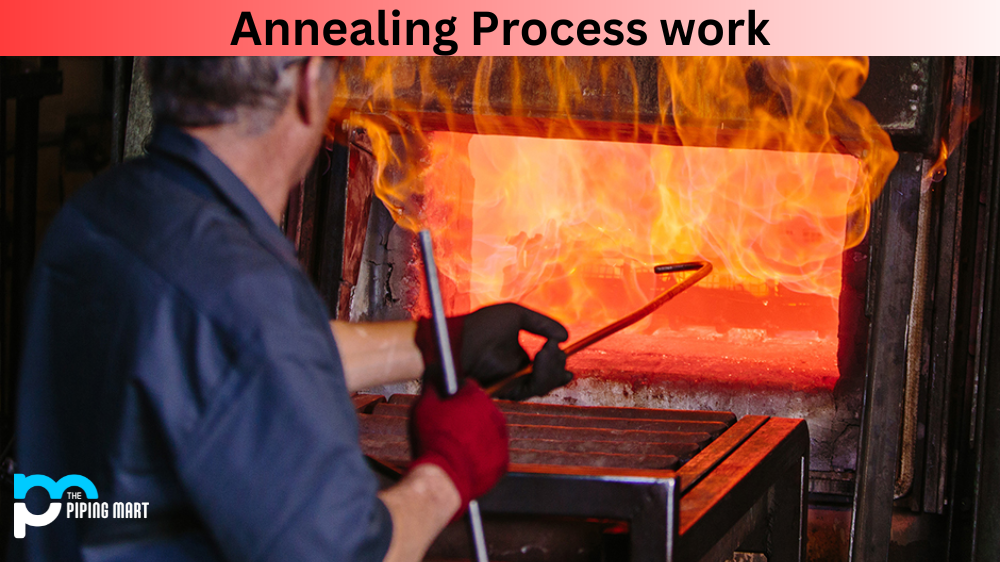The annealing process is considered magic in material science and engineering. With a combination of heat and time, the process can significantly alter the properties of a material to impart specific mechanical or electrical characteristics. Annealing is a vital process widely used in various industries, ranging from aerospace and automotive to medical implant manufacturing. This blog post will discuss how annealing works and its impact on multiple materials.
Annealing is a heat treatment process that involves heating a material to a specific temperature, holding it at that temperature for a particular duration, and then cooling it slowly. The purpose of annealing is to soften the material, relieve internal stresses, and improve its elasticity while maintaining its shape. The process affects the material’s microstructure, which determines its mechanical properties.
During the annealing process, the material’s crystal lattice structure rearranges, resulting in a more uniform grain structure. Heat energy causes atomic diffusion within the material, which allows for the redistribution of atoms and ions, improving the material’s properties. The cooling rate is critical to the annealing process, as it determines the hardness and strength of the material. Fast cooling produces a more complex, brittle material, while slow cooling produces softer material.
The annealing process is crucial in the shaping of metals. Cold working or strain hardening can cause materials to become brittle and prone to cracks. The material’s flexibility increases by annealing the metal and becomes more wear and tear-resistant. Annealing is commonly used to manufacture metallic components such as gears, springs, and valves.
In addition to metals, annealing is also used on glass and ceramics. Glass annealing involves heating the glass to an elevated temperature and cooling it slowly to relax the internal stresses. The process reduces the likelihood of breakage resulting from thermal shock. Similarly, in ceramics, annealing improves their mechanical strength and resistance to thermal shock during manufacturing.
Steps
1. The annealing process work by heating the metal to a specific temperature and then cooling it slowly.
2. This process allows the metal to become more ductile and less brittle.
3. Annealing also relieves internal stresses that may have been caused by cold working or welding.
4. Finally, the annealing process can improve the machinability of the metal.
Conclusion:
Annealing is a vital process that significantly impacts the materials used. By altering the material’s crystal lattice structure, annealing improves its elasticity and mechanical properties, making it more resistant to wear and tear. Proper annealing can also reduce the likelihood of breakage caused by thermal shock. Industries ranging from aerospace and medical implants to automotive and glass manufacturing widely use this process. Understanding the magic behind annealing is paramount to successfully engineering materials used in various applications.

A passionate metal industry expert and blogger. With over 5 years of experience in the field, Palak brings a wealth of knowledge and insight to her writing. Whether discussing the latest trends in the metal industry or sharing tips, she is dedicated to helping others succeed in the metal industry.




